We are delighted you have an interest in making your backyard more bird friendly!
Backyards make up a significant portion of green space in our cities … sometimes larger than all our city parks put together! One of the greatest secrets of the Bay Area is that in the center of every block, behind an unbroken perimeter of houses, lie fifty or sixty backyards, providing food and shelter to local birds, like doves, hummingbirds, finches, jays and even parrots. Migratory birds like the Golden-crowned Sparrow, Dark-eyed Junco and Yellow-rumped Warbler and butterflies, damselflies, bees and spiders also depend on these backyards.
By making your backyard a more natural area, you will create a beautiful and interesting garden and make a tangible contribution to the survival of wildlife in our changing world.
Elements of Good Backyard Habitat
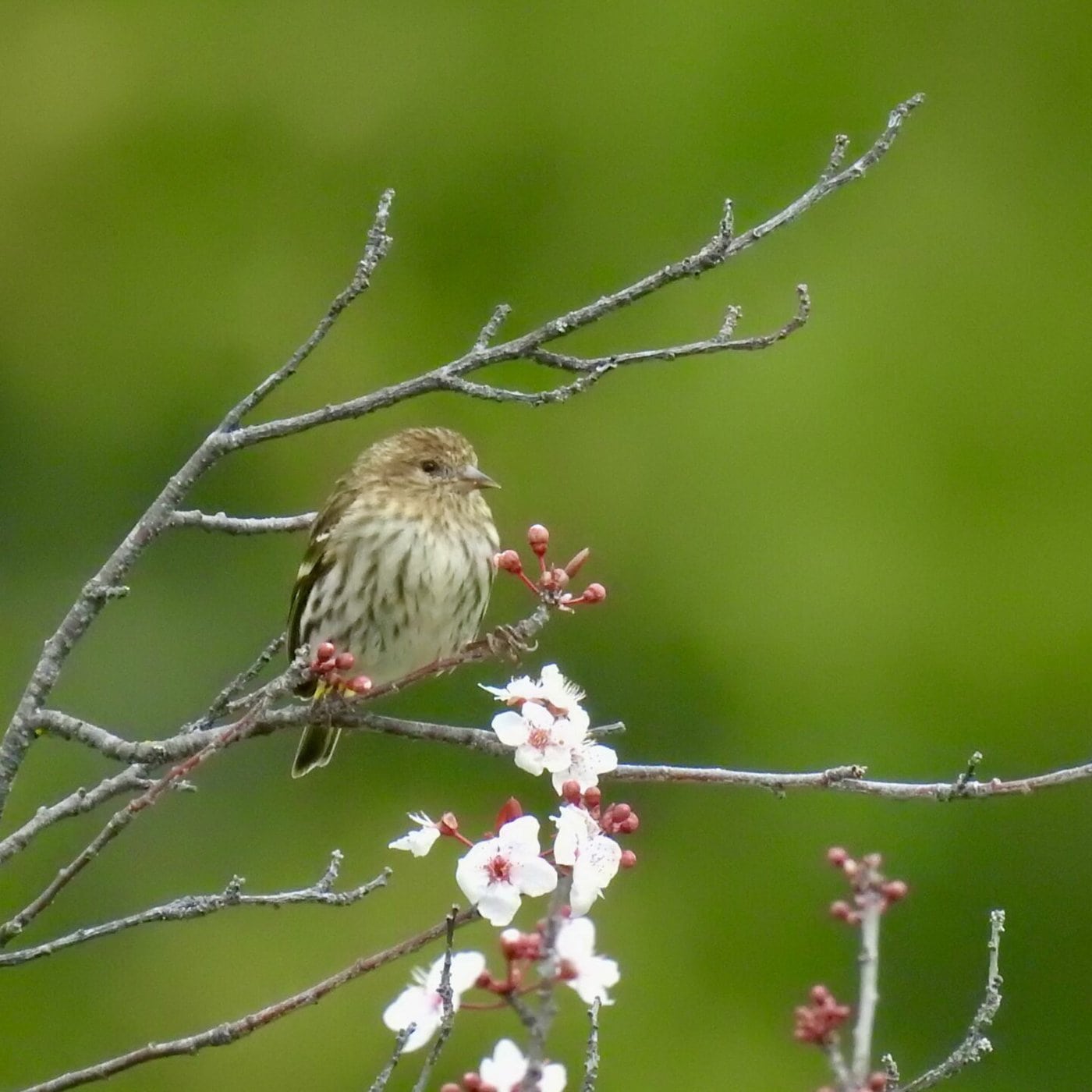
Getting Started
Spend time in your yard! Notice the wild creatures that already use it. See which shrubs and trees they favor. Determine the soil type, the prevailing winds and the direction of their force. Take note of the trees and shrubs in your neighbor’s yards and those growing on the streets and parks of your area. Observe if and how they attract wildlife. These observations will help you design a better habitat as well as connect you more deeply to the wildlife we share with our City.
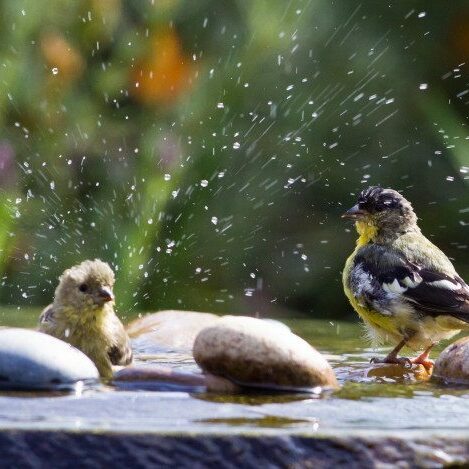
Water
Birds and other wild creatures need water for drinking and bathing. Provide a constant, reliable source of shallow water such as a birdbath, pond or even a dish. Circulating water is best, so using a drip irrigation emitter as a water supply works well. Vessels of water should be placed as high as is practical and out in the open away from hiding predators. The thin overhanging branches of a nearby tree can act as a secure “ladder” for drinking and bathing birds.
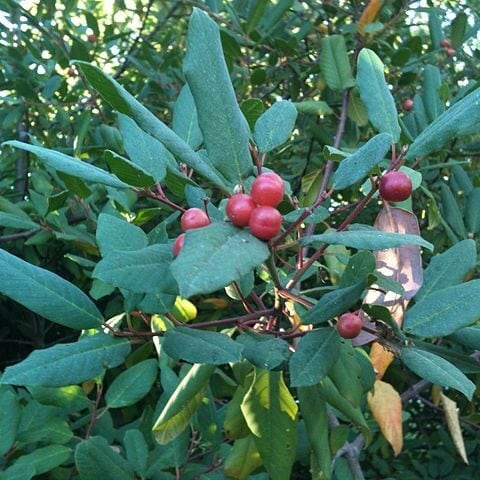
Food
Use an array of native and non-invasive plants that produce nectar, berries, fruit and seeds throughout the year. Many plants will attract beautiful and fascinating butterflies, bees and other insects, which in turn provide food for birds and seldom pose a threat to vegetation.
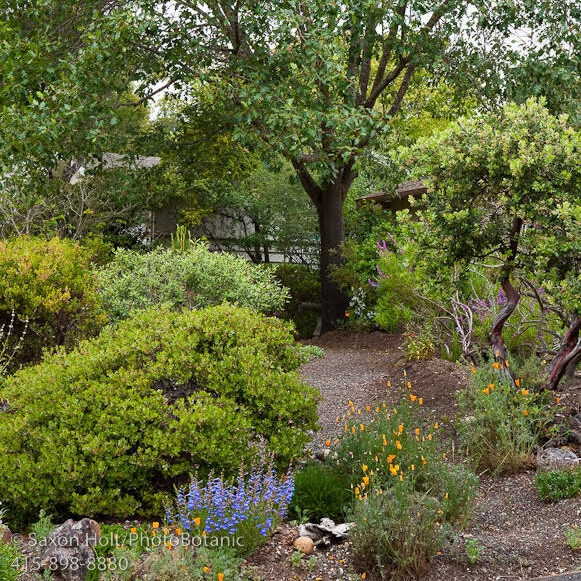
Cover
Create cover for birds and wildlife with plant diversity. Consider varying heights and densities with open areas of native grasses. Keeping a “wild corner” where perennial plants are left alone to grow with little intervention gives birds shelter and nesting materials. This corner could also contain a brush pile, a rock, brick pile, dead tree or hollow log for the same purpose. Though we are tempted to “clean up” our yards, remember that wild lands are not neat and tidy but often tangled with vegetation. Consider allowing a bit of wildness in your yard.
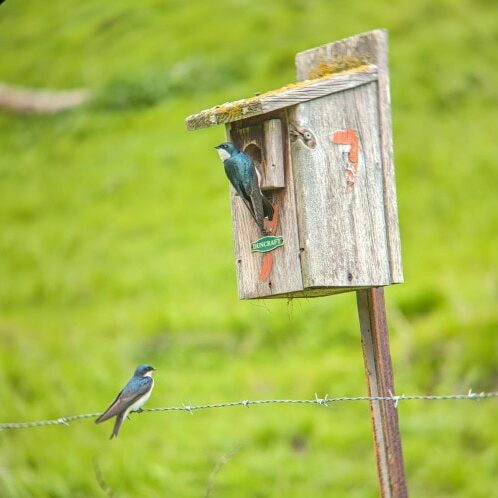
Safe Courtship and Parenting Places
Besides the natural shelters mentioned, birdhouses for cavity nesting birds, like wrens, chickadees, and swallows can provide sanctuaries from predators. Birdhouses should be placed away from windows to keep birds from colliding with windows. Also, it is essential to keep cats indoors. It is safer for the cats as well as for the birds. Indoor cats have more than three times the life expectancy of outdoor cats who risk threats from cars, dogs, and diseases.

Sustainable Garden Practices
The way you garden or maintain your landscape impacts the wildlife in your yard. Native trees and plants typically require less water, fewer pesticides, and less fertilizer. Remove invasive plants. Use organic fertilizers and natural pesticides instead of chemical ones; produce rich soil by composting, and mulching. Remember, chemicals in your yard end up in the Bay and throughout the food chain! Consult the resources listed in this brochure to learn how to make your backyard more sustainable for wildlife.
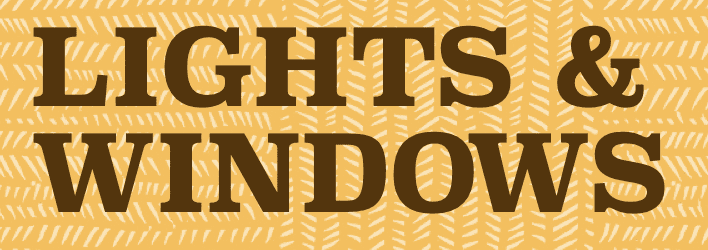
Lights and windows
Light pollution and window strikes are dangerous for birds. Here are some things you can do to make your home safer:
Looking for the right plants to support birds and other wildlife in your backyard? Want to find local nurseries with native plants? Searching for book recommendations? Check out The Backyard Habitat Resource Library.
